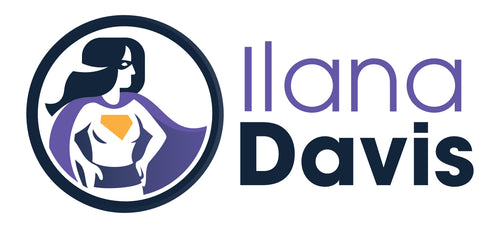Check broken links without using another Shopify App
I recently migrated my website to Shopify and with any migration, there are bound to be broken links and 404 errors. No matter how hard I tried, all the prep-work that went into setting up my redirects, and checking my links many times, broken links are inevitable.
Even so, you can mitigate the impact of 404 errors both during a migration to Shopify and ongoing as your website evolves.
Installing a Shopify app to auto-detect broken links is always an option. But why spend the money and risk slowing my website down if I don't have to? Instead, I build this process into my regular SEO maintenance schedule.
Tools
There are two tools I use to keep broken links and 404 errors under control without using another Shopify app. I recommend using more than one tool as each tool uncovers broken links differently.
Screaming Frog
When first preparing for my migration and for my clients websites, I use Screaming Frog to find any broken links. Screaming Frog is a desktop software that I prefer in some cases because, unlike some tools, it's not always scanning my website.

There's only one URL showing up as an error in Screaming Frog which may make you think it's not working. But Screaming Frog is only looking for links on my website, not what Google has discovered.
Crawlers like Screaming Frog by default discover pages by scanning the HTML and looking for links. It starts, for example, on the homepage looking for any and all links it finds before moving on to another page.
One of the benefits of a crawler like this is that you can also see any external pages you link to and if those show up as broken links. I see this often for those selling products from another manufacturer. The manufacturer may have product specs but they changed the URL and didn't tell you.
You can use the free version of Screaming Frog which is limited to 500 pages. But it's free and I'm all about keeping costs down.
Google Search Console
Though I may gripe about Search Console at times because they are often a few days behind, it does provide a lot of useful insights. For one, you can see in the Page Indexing Not Found (404) report which URLs Google crawled and came back as broken links showing a 404 error.

In the above screenshot from Search Console, you can probably guess that I migrated the site to Shopify in January. That's when the 404 errors began appearing in Search Console.
Search Console looks at all pages Google knows about, not just the ones from your sitemap. In my case, my old website indexed all my blog tags and categories. So I had hundreds of URLs that needed to be redirected. Thank goodness for bulk updates!
Resolving Broken Links
Now that you know which links are broken and showing up as 404 errors, you need to resolve them.
You can add the URL redirects to Shopify by going to Online Store -> Navigation -> View URL redirects.

If there are a lot of URLs that need to be fixed, I recommend gathering a list of URLs between Search Console and Screaming Frog that need to be resolved. Put them in a CSV so you can bulk upload the redirects into Shopify.
Once you've fixed the broken links, make sure you check back every 1-3 months or so. As mentioned, I add a check for any 404 errors to my regular SEO maintenance schedule so I don't forget.
JSON-LD for SEO
Get more organic search traffic from Google without having to fight for better rankings by utilizing search enhancements called Rich Results.




